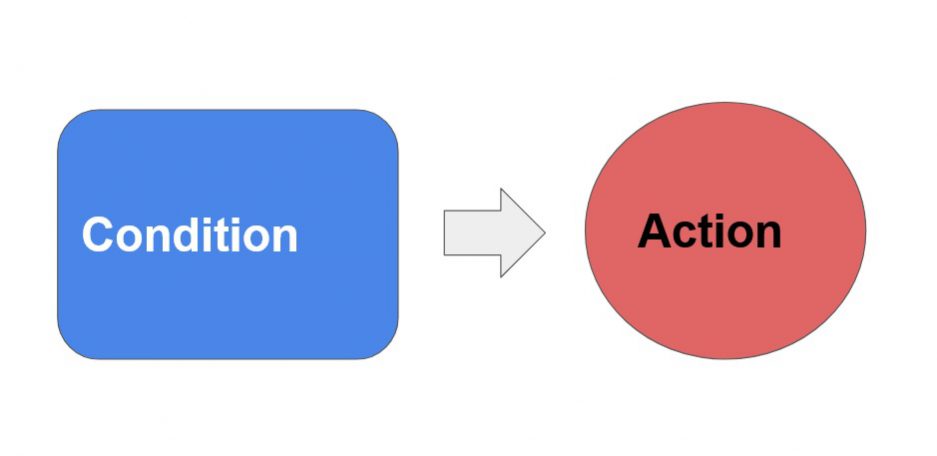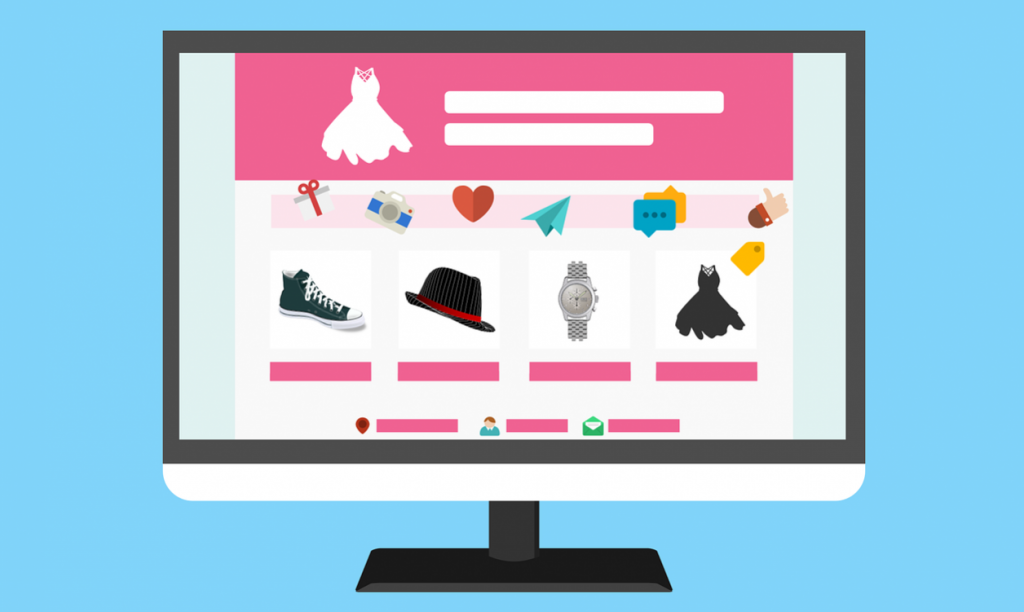
We’re living in the age of automation, in which smart companies are leveraging technology in order to turn manual processes into automatic ones. Marketing automation refers to the use of software, plug-ins, artificial intelligence, and analytics tools to perform common and repetitive marketing processes such as sending emails and deploying in-app messages for site visitors.
Any business that wants to grow can benefit from some form of marketing automation. It can help small businesses scale up by expanding marketing activities beyond what individual employees are capable of doing manually. And since marketing is a numbers game, more efficient lead generation through automated processes is a great way to expand your customer base and increase profitability.
Marketing automation tools often integrate with customer relationship management (CRM) systems. These systems track data about customer behavior and interactions with the business across various channels, combining it all in one place so it can be properly analyzed.
Quickly jump around this post with this index:

Different companies use different terms for marketing automation principles, but at its most basic form it involves some combination of “conditions” and “actions.” A “condition” is a set of circumstances that triggers a specific response, and an “action” refers to whatever response is taken by the marketing automation program or service.
An example of a common form of marketing automation is an on-site message asking visitors to enter their email in order to sign up for a mailing list. In this case, the “condition” can be as simple as “a visitor arrives on the website,” with the “action” being “display the mailing list message.” More advanced forms of marketing automation could use tracking information to identify whether a visitor is an established customer or if they have already signed up for the mailing list, in which case the message wouldn’t be displayed.

Anyone who spends time shopping or even just browsing online has likely encountered some form of automated marketing. Some practices have been used for a decade or more, while others (like chat bots) have only emerged in recent years.
For most companies, it doesn’t make sense to try to build a full marketing automation ecosystem from the ground-up internally. Fortunately there are service providers out there (including us here at Formilla) that can automate many of the most common marketing tasks, saving you time and money.
Some of the features you should look for in a marketing automation platform include:
The backbone of marketing automation is data. The more data you have on your site visitors and customers, the more effective your automated marketing campaigns will be. You want to know how many people are opening your marketing emails, for example, or whether people who interact with your chat bots are likely to go on to complete purchases on your site. You’ll also want to segment your customers and potential sales leads, so you can effectively target different types of marketing at different people.
Many marketing automation platforms work with your existing customer relationship management software or provide CRM features themselves. Formilla can integrate with customer data using JavaScript and REST APIs, and can also share data with Google Analytics in order to give you a detailed picture of how visitors are interacting with your site and your marketing efforts.
Read more about how to organize and tag leads within Formilla’s platform.
Email automation software can design, compose, and send emails automatically to specific groups of customers (or potential customers). Examples of email marketing automation include sending a “Welcome!” email to first-time customers or firing off a “we miss you!” promo code to a customer who hasn’t made a purchase in 60 days.
For more, read our step-by-step guide to getting started with automated business emails.
In-app, on-site “pop-up” messages can bring your website to life by displaying helpful information exactly where and when you want it. You can display special messages based on a visitor’s location, offer promo codes to returning customers, or highlight new website features. You can also create “social lead widgets” which encourage site visitors to engage with you on social media.
You can see examples of these pop-up informational messages in action in our complete guide to in-app messages.
Many marketing automation platforms offer on-site live chat, allowing your sales agents to talk with visitors to your site in real time. Your agents will often have extensive marketing data at their fingertips when talking to site visitors, which makes it easier for them to pre-qualify leads by determining visitor interest. Specific live chat responses can also be pre-written and automated in the form of “canned” messages to increase the efficiency of the live chat process.
Your site’s live chat feature can also be used to deploy automated chat bots. There are different types of chat bots that serve different use cases, including button-based menu bots and AI-powered conversational bots. Bots can perform many of the same conversational marketing tasks as live chat agents, and are perfect for collecting contact information from potential leads.
Live Chat Vs. Chat Bots: Strengths, Weaknesses, and How to Use Them Together
Also known as “Smart Messages,” proactive chat refers to pop-up invitations that encourage your site visitors to engage with a live chat feature on your site. Proactive chat messages can be targeted at customers on certain pages of your site or who are browsing specific products. These automated messages can encourage customer engagement, which in turn often leads to greater sales conversion.
Smart messages can also be designed to gather contact information from potential sales leads. With that information, site owners can then place those customers in appropriate marketing automation programs to nurture those leads.
The right marketing automation service for you will depend on your needs, so it’s best to do your research and find the one that offers the right combination of features for you at a price-point that makes sense for your business.
Many of Formilla’s customers are businesses looking to get started with marketing automation for a lower cost than competitors like Marketo. You can determine if our marketing automation features match your company’s needs via our features and pricing page.
Learn more about marketing automation features and functions in our look at marketing automation best practices.

One of the industries that benefits the most from automated marketing is ecommerce. Companies that sell directly online can see the clearest relationship between the efficiency of their online marketing and ultimate profits. Ecommerce companies frequently use multi-channel marketing automation for nurturing leads, reaching out to customers via email, social media, and on-site messages to deliver communications that (ideally) will drive conversions.
Your automatic messaging should be data-driven to be effective, and this is especially true in the world of ecommerce. The right automated email at the right time can lead to a sale, but too many emails to people who aren’t interested can get you labeled “SPAM.” A good marketing automation platform with proper customer data analysis tools will help you avoid that.
With the Formilla platform we track data like “first time seen” and “last time seen” for individual customers. This kind of data can be used to create a marketing automation campaign that reaches out to customers who haven’t visited your site in months. Ecommerce businesses often use campaigns like these to inform customers of upcoming promotions or new products in an effort to re-engage them. Over time, more engagement leads to more sales opportunities.
As another bonus for ecommerce sites, Shopify’s blog identifies automation as one of the best ways to help small sellers manage their business while also handling a separate full-time job. If you’re just getting started with selling online and have struggled to find enough hours in the day to do it all, automation may be the answer.
For more, read our “Marketing 101” guide for small businesses.
Many of the basic principles of B2C marketing automation also apply to the B2B world, with the primary changes coming in the types of messaging you are delivering. Automated B2B messaging is often more about relationship management with your important and ongoing customers, rather than focusing on one-time sales. When intelligently used, it can help new customers find immediate value and understand what your company has to offer, which drives repeat business.
At Formilla we use B2B marketing automation when companies trial our software. In our case, we automatically send a series of emails, in-app messages, and chat popups to the trial clients in order to highlight specific features. We want to make sure a free trial is an informative and satisfying experience, so we use automated messages to deliver information that’s relevant to the actions (or inactions) the customers are performing.
For example, if you haven’t downloaded the Formilla mobile app three days after the start of your free trial, we’ll send you an in-app and email message to encourage you to download the apps. Similarly, if we see you have created a Helper Chat Bot but didn’t add more than five questions, then we send an automatic email to encourage you to add ten or more questions (with variations of each question) to promote more thorough bot development. The more questions and variations you add, the “smarter” the bot is, and the more confident you can be that your bot will give the appropriate answer at the right time, improving the experience of the customers interacting with the chat bots. So in the end, our automated email is designed to result in a better experience for our customers and their customers.
Marketing email automation can also help keep your company top-of-mind for your B2B partners, even if those emails are not directly focused on selling. You can send out automatic emails to highlight new features or services you are offering, to thank customers for their continuing business, or even to share holiday greetings.
At Formilla we specialize in customer communication via on-site live chat and “Helper Chat Bots” that can handle many on-site inquiries without the need for a live customer service rep. These kinds of customer interactions are commonly referred to as “conversational marketing,” and engage your customers in a natural, low-friction way. Instant online chat is now one of the primary ways people communicate with one another – so it makes sense that it would be the way many site visitors prefer to communicate with businesses, too.
Conversational marketing is a powerful way to engage with your customers, answer their questions, and help drive conversions. You can automate the process through things like AI chat bots to answer questions when you are offline, and proactive chat invitations to draw visitors in when you’re standing by. Adding conversational marketing features to your site is a great way to improve the overall customer experience you offer.
If you want to see how technology can help increase the efficiency of your marketing, one of the best things you can do is sign up for a free trial of a marketing automation service like Formilla. This will let you experience the benefits of automating repetitive marketing tasks for yourself. And check out our look at marketing automation in plain English for more discussion and real-world examples.
From e-mail automation to on-site customer service chat bots, businesses both large and small can use technology to do more with their customer data. With the right “conditions” and “actions” you can set up a system where customers get the information they need at exactly the right moment – all without taking up valuable employee time.